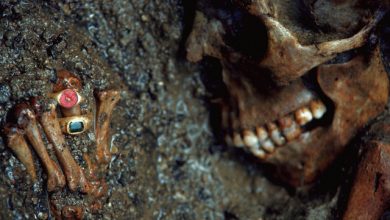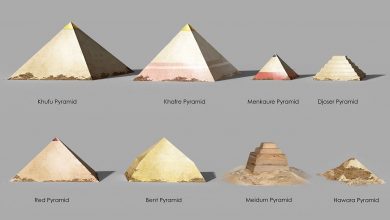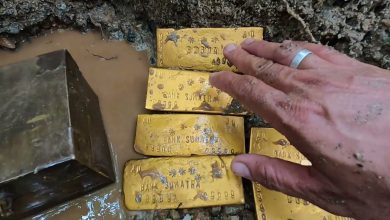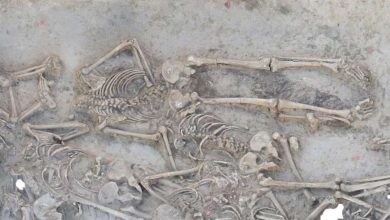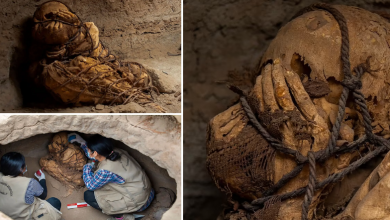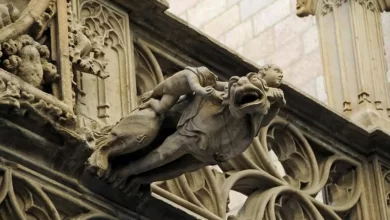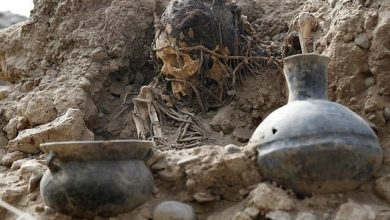The great temple of Ramses II Abu Simbel in Egypt
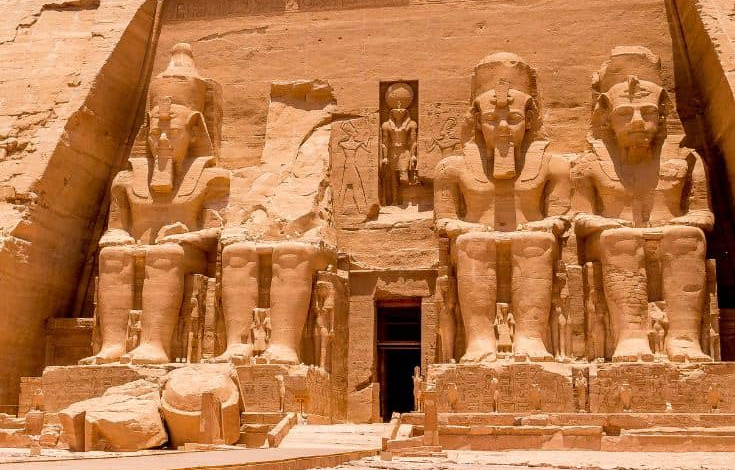
One of Egypt’s greatest ancient discoveries, Abu Simbel is a masterclass in the grandeur of the pharaohsSituated three and a half hours from Aswan, the temple of Abu Simbel was built by the mighty Pharaoh Ramses II in approximately 1255 BC. The site was dedicated to several ancient Gods, namely Amun Ra, Ra Harakhti, Ptah and to Ramses himself. Next to the main temple, Ramses also constructed a smaller, yet equally impressive temple dedicated to his favourite wife, Nefertari and Goddess Hathor. This was the first time a temple had been dedicated to a queen and only the second time in Egyptian history that this ever occurred. As the longest reigning and most powerful pharaoh in Egyptian history, it’s fitting that Ramses II was also the builder of its most grandiose monument.

Although records are somewhat conflicting, historians agree that Abu Simbel was once buried under years of desert sand until its rediscovery in 1813 by Ludwig Burckhardt, just a few years after he found the lost city of Petra in Jordan. Emerging from the towering sands were the four gargantuan statues of Ramses II that mark the entrance to the main temple of Abu Simbel. However, the insides weren’t visible for several years, until Burckhardt’s friend Giovanni Battista successfully excavated the site and helped himself to the valuables he found inside.

After walking through the visitors centre and over a small hill, you’ll come face to face with the enormous main temple. Take some time to examine the unique exterior before stepping inside. The main room of the temple is lined with yet more colossal statues of Ramses II, while every inch of wall space is adorned with intricately carved hieroglyphics and cartouches. There are reliefs of Gods like Horus and Isis, in addition to scenes depicting Ramses’ victory over the Hittites and other historic moments throughout his reign. A wander through the temples of Abu Simbel is as close to stepping back through ancient history as you can get.

Perhaps most fascinating about Abu Simbel is its placement on the land. The axis of the main temple was positioned intentionally by ancient architects so that on February 22 and October 22 every year, rays of the sun would infiltrate to the depths of the temple and highlight three of four sculptures carved into the wall. The only figure that is never illuminated is that of Ptah, God of the underworld.

For the first three thousand years of its existence, Abu Simbel was located on the west bank of the Nile in central Egypt, however, the construction of Aswan’s High Dam necessitated the relocation of many archaeological sites including this one. In a groundbreaking triumph of engineering, the entire construction was carefully disassembled, labelled and shifted to another location. This required breaking the enormous structure into individual fragments weighing up to 20 tons each and transporting them away from the lake. Once the new site was established, the complex had to be reconstructed like a lifesize, ancient jigsaw. Thanks to expert archaeologists and engineers, the re-build was executed perfectly and today, it’s impossible for the untrained eye to tell it was ever moved. Even the aforementioned highlighting of statues within the temple was duplicated, maintaining the mystique of the great temple.


